
The new X-ray platform reportedly offers AI-enhanced automation with patient positioning, quality control and image processing.

The new X-ray platform reportedly offers AI-enhanced automation with patient positioning, quality control and image processing.
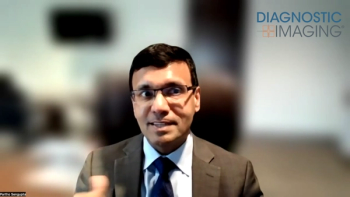
In a recent interview, Partho Sengupta, M.D., and Davinder Ramsingh, Ph.D., discussed recent research demonstrating the capability of point-of-care ultrasound (POCUS) to facilitate reduced length of stay and significant cost savings in the management of patients with dyspnea.
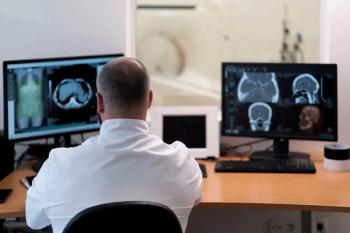
Through the shifting goals, motivations and struggle for work-life balance, do we ever achieve true satisfaction or just level up for the next set of challenges?

Catch up on the top radiology content of the past week.
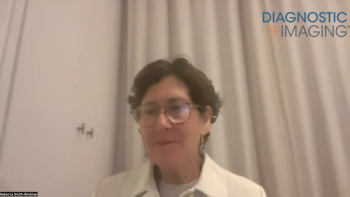
In a recent interview, Rebecca Smith-Bindman, M.D., discussed new research examining cumulative radiation exposure from imaging, its potential impact on the development of hematologic cancers in children, and keys to judicious imaging and radiation dosing.
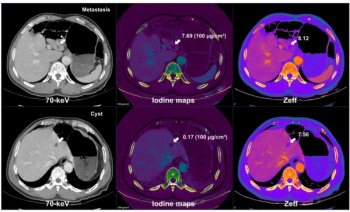
New research suggests the combination of multiparametric dual-energy CT and deep learning image reconstruction for liver metastases detection enables a 45 percent reduction in radiation dosing.

Facilitating increased efficiency in radiation therapy planning, the new Rembra RT and Areta RT computed tomography platforms reportedly offer 4D CT capabilities and image reconstruction speeds up to 106 images per second.
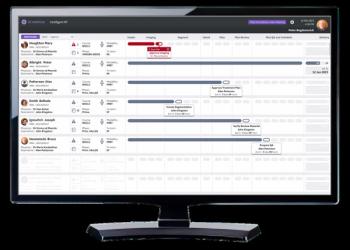
Emphasizing enhanced connectivity, the latest version of the Intelligent Radiation Therapy (iRT) software may facilitate improved workflow efficiencies with the planning, performance and reporting for radiation therapy.
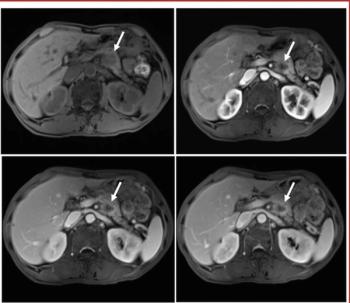
The M-PRiSM risk stratification, which incorporates MRI features, offers a significantly higher C-index, one-year AUC and two-year AUC than the 8th AJCC staging system for predicting postoperative survival for patients with pancreatic ductal adenocarcinoma.

The updated Heartflow Plaque Analysis software reportedly offers enhanced 3D visualization of plaque type, volume and distribution based on coronary computed tomography angiography (CCTA) imaging.

The combination of digital breast tomosynthesis (DBT) and molecular breast imaging (MBI) offered more than double the detection of invasive breast cancer with DBT in the first year of screening, according to a prospective study of nearly 3,000 women with dense breasts.

Previously cleared for liver tumor ablation therapy, the BioTraceIO360 ultrasound software reportedly bolsters pre-procedure planning with ablation zones.
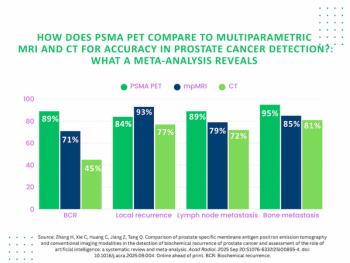
PSMA PET offered 18 percent higher accuracy for detecting biochemical recurrence of PCa in contrast to mpMRI, according to findings from a 67-study meta-analysis.

Amid the politically charged cancel culture environment, one should emphasize perspective and caution when voicing opinions.

Catch up on the top radiology content of the past week.

In a recent interview, Alan Braverman, M.D., discussed challenges with the detection of aortic dissection, reviewed pertinent risk factors and offered insights on imaging that may facilitate earlier diagnosis of the life-threatening condition.

For children who had a head CT scan, there was a 35 percent increased relative risk of developing hematologic cancer, according to a new study examining data from over 3.7 million children with a mean follow-up period of 10.1 years.
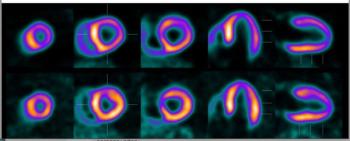
Issued by multiple societies, including the Society of Nuclear Medicine and Molecular Imaging (SNMMI), the new guidelines for utilizing 18F-flurpiridaz-PET myocardial perfusion imaging (MPI) offer insights on proper patient selection, appropriate protocols and salient keys for image interpretation.
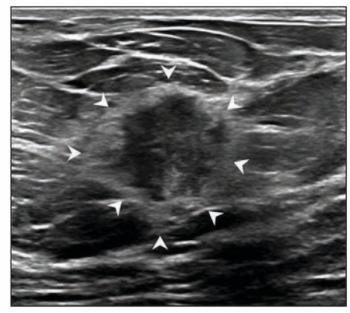
For masses interpreted as BI-RADS category 4 and 5 presentations on breast ultrasound, the authors of a new study found that the presence of echogenic rind had an 81 to 85 percent specificity for malignancy.

Digital breast tomosynthesis (DBT) and synthesized mammography offered a true-positive recall rate of 8.4 per 1,000 women screened vs. 6.2 for digital mammography alone, according to a study involving over 99,000 women.

Expanded capabilities with the body composition analysis software include automated segmentation of over 140 muscles, skeletal and organ structures from a 15–20-minute MRI.

Preliminary research findings have shown that the investigational anti-microtubule binding region (MTBR) tau antibody etalanetug may help reduce a biomarker for brain tau pathophysiology and tau signals on positron emission tomography (PET).
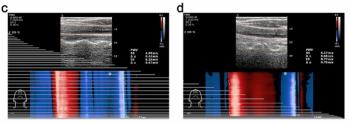
Findings from a multivariable analysis revealed that increased pulse wave velocity-end of systole (PWV-ES), assessed with ultrafast ultrasound, was associated with more than double the cardiovascular risk in young individuals with no major cardiovascular risk factors.

In a recent interview with Diagnostic Imaging, Noa Antonissen, M.D., and Colin Jacobs, Ph.D., discussed new research findings demonstrating robust risk stratification with a CT-based deep learning model for lung nodules as well as a 39.4 percent reduction in false positives in comparison to traditional classification.

Offering prospective SNR calculation derived from prescribed slices, the SNR Calculator reportedly facilitates a higher degree of accuracy with quantitative SNR values beyond that of calculators from device manufacturers.
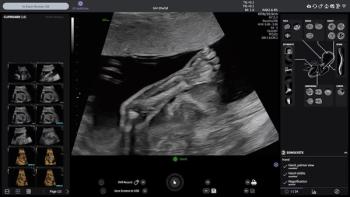
The Voluson Performance 18 and 16 ultrasound devices reportedly combine enhanced imaging capabilities with AI-enabled efficiencies.

In light of emerging research suggesting an increased incidence of breast cancer among women under the age of 40, breast radiologists discuss what they’re seeing in practice and emphasize increased vigilance to facilitate early detection.
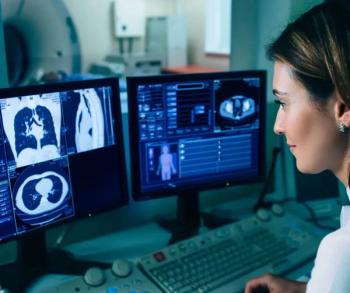
What other intangibles could a radiologist bring to the table in cases of declining or lost vision?

Catch up on the top radiology content of the past week.

Abbreviated biparametric MRI demonstrated nearly equivalent detection rates for clinically significant and clinically insignificant prostate cancer as multiparametric MRI, according to research involving 22 centers in 12 countries.